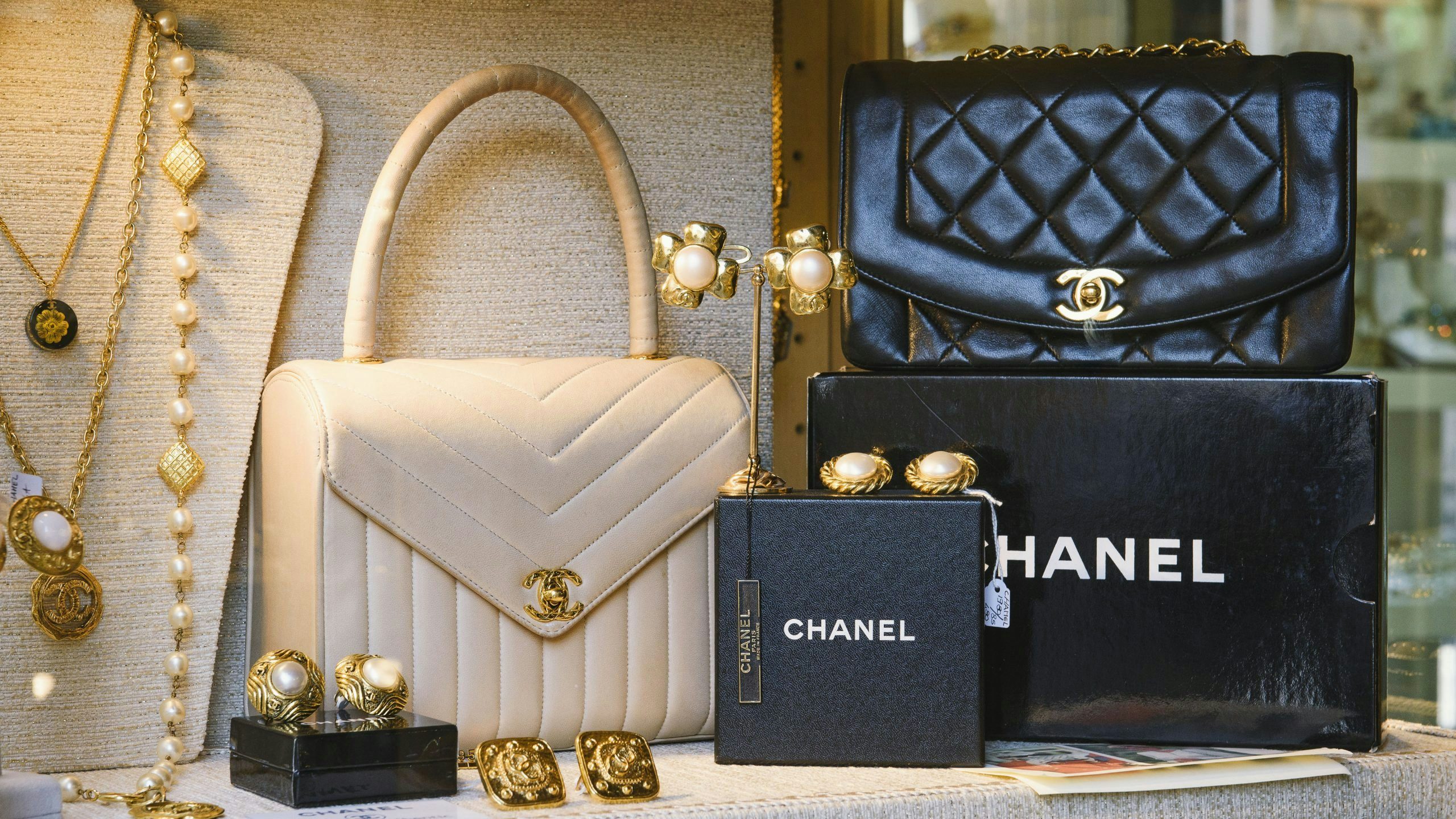Key Takeaways:#
- The luxury market in Mainland China will likely see 48-percent growth in 2020, according to the report, although growth rates varied widely across regions, brands, and categories.
- Its growth increase helped double China’s overall share of the global luxury market in 2020, with further growth expected through 2025.
- Hainan’s duty-free shopping is the first step in developing a domestic duty-free channel, and there will be more operators on the island as more licenses are granted.
In collaboration with Tmall, the global consultancy Bain & Co. recently released a new luxury report on China that further validates the market’s significance post-COVID-19.
Although China’s GDP growth in 2020 is forecasted to be between 1.5 percent and 2 percent — versus 6.1 percent in 2019 — Chinese consumers are not expected to spend any less. The luxury market in Mainland China will likely see 48-percent growth in 2020, according to the report. That nearly doubles the country’s overall global share (from 11 percent in 2019 to about 20 percent).
Bain & Co. anticipates continued growth, putting the country on track to claim the largest share of the world's luxury market by 2025, even after the other luxury markets bounce back from COVID-19.
Here are four trends driving luxury sales in the “unstoppable” Chinese market, according to the report.
Repatriation has been boosted due to COVID-19-related travel restrictions#
China’s luxury market has seen increasing repatriation since 2015, the consultancy said, which is driven by many factors, including reductions in import duties, stricter gray market controls over daigou, and brand price harmonization.
Travel restrictions due to COVID-19 have further boosted the trend, and as a result, spending inside Mainland China accounted for about 70 to 75 percent of Chinese citizens' global luxury purchases this year. That is more than twice the amount of 2019 (32 percent).
Millennial and Gen-Z shoppers power online luxury spending#
Gen-Z consumers continued their emergence as both a source of market growth and a driver of increased digitization. Millennials, meanwhile, formed the core of Tmall’s luxury fashion, lifestyle, and beauty consumers, the report said.
Luxury is increasingly catering to the tastes of Gen Zers with cross-brand collaborations and customized products, and those approaches worked. When compared to millennials and older generations, Gen Zers showed a higher preference for designer editions and cross-brand collaborations, according to the 2020 Tmall luxury consumer survey drawn from a sample of 3,000 participants.
Driven by user habit, online luxury penetration continues to grow#
With the growing influence of younger consumers (Gen-Z consumers spent an average of five hours a day on mobile in 2020, according to iResearch), China’s luxury brands have increased their online penetration, the report noted.
The aforementioned Tmall survey cited e-commerce, Little Red Book, and brands’ Chinese websites or apps as Gen Zers’ top-three sources of information on luxury goods. That mostly explains luxury’s continued efforts in omnichannel expansion.
Hainan duty-free shopping is the year’s dark horse#
Hainan has been allowing duty-free purchases for over a decade, but it only really entered the public eye in 2020. The city can thank policy changes and international travel restrictions for this boost in spending.
By the end of this October, the destination’s sales were growing at a rate of 98 percent, year-to-date, according to Bain’s analysis of Hainan custom data.
Hainan duty-free shopping is the first step in developing a domestic duty-free channel, the company said, adding that it expected to see more operators on the island as more licenses are granted.

